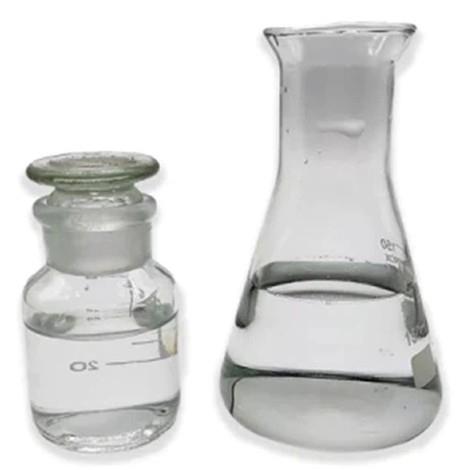Active Pharmaceutical Ingredients (API), popularly speaking, are the raw materials of medicines, only pharmaceutical raw materials are processed into pharmaceutical preparations , can they become medicines available for clinical use, so drugs we usually eat are the finished drugs through processing. Active Pharmaceutical Ingredients based on its sources can be divided into two major categories ,including chemical synthetic drugs and natural chemical drugs. Chemical synthetic drugs can be divided into organic synthetic drugs and inorganic synthetic drugs. Inorganic synthetic drugs are inorganic compounds ( very few is element), such as aluminum hydroxide, magnesium trisilicate which are used for the treatment of gastric and duodenal ulcers ; organic synthetic drugs are mainly composed of drugs made by basic organic chemical raw materials, through a series of organic chemical reactions (such as aspirin, chloramphenicol, caffeine, etc.). Natural chemical drugs ,based on its sources,can be divided into two categories including biochemical drugs and plant chemical drugs. Antibiotics are generally made by the microbial fermentation, which belongs to the biochemistry category. A variety of semi-synthetic antibiotics occurs in recent years,which are biosynthesis and chemical synthesis combining products.Among active Pharmaceutical Ingredients, the organic synthetic drugs varieties, yields and values have the largest proportion,which are the main pillars of the chemical and pharmaceutical industries. The quality of active Pharmaceutical Ingredients decides whether the formulation is good or bad , so its quality standards are very strict ,countries in the world have developed national pharmacopoeia standards and strict quality control methods for its widely used active Pharmaceutical ingredients.
Rolapitant Synthesis
Rolapitant, a spirocyclic neurokinin NK1 receptor antagonist comprisingthree stereogenic centers originated in the laboratories of Schering-Plough, and wasapproved for the treatment of chemotherapy-in
Dec 22,2025 APISynthesis of 2-(2-Chlorophenyl)cyclohexanone
2-(2-chlorophenyl)cyclohexanone has been documented in the literature for its application in the synthesis of ketamine.
Dec 22,2025 APIPreparation methods and application of 2-(2-Ethoxyethoxy)ethyl acrylate
2-(2-ethoxyethoxy)ethyl acrylate is suitable for the structural modification and synthesis of polyvinyl-based polymeric materials.
Dec 22,2025 APISynthesis and Condensation Reaction of 2,4,5-Trifluorophenylacetic acid
2,4,5-Trifluorophenylacetic acid is a phenylacetic acid derivative, which can be used for the synthesis of sitagliptin.
Dec 22,2025 APISeparation and purification of 1-Adamantanecarboxylic acid
1-Adamantancarboxylic acid is a basic raw material in the synthesis of many adamantane compounds which are with great practical importance in pharmaceutical.
Dec 19,2025 APISynthesis and application of Trimethyloxonium Tetrafluoroborate
Trimethyloxonium Tetrafluoroborate serves as a strong electrophilic methylating agent, mainly used for the methylation of hydroxyl groups.
Dec 19,2025 APIPolydimethylsiloxane, dihydroxy terminated: Modifier for High-Performance Polyurethanes
Polydimethylsiloxane, dihydroxy terminated enhances biocompatibility of polyurethanes, and improves epoxy resin hydrophobicity and toughness.
Dec 18,2025 APIWhat are the pathways for glucose synthesis?
Glucose is a fundamental substance sustaining human life activities. Its synthesis pathways differ across organisms. In plants, glucose is synthesized through photosynthesis within chloroplasts of pla
Dec 17,2025 APIApplication of 2-(Perfluorohexyl)ethyl methacrylate
2-(Perfluorohexyl)ethyl methacrylate finds applications in textiles, coatings, and the preparation of fluorinated surfactants.
Dec 16,2025 APISynthesis and Wittig reaction of Triethyl phosphonoacetate
Triethyl phosphonoacetate is utilized in intramolecular Heck-type cyclization and isomerization reactions within Horner-Wadsworth-Emmons reactions.
Dec 16,2025 API












